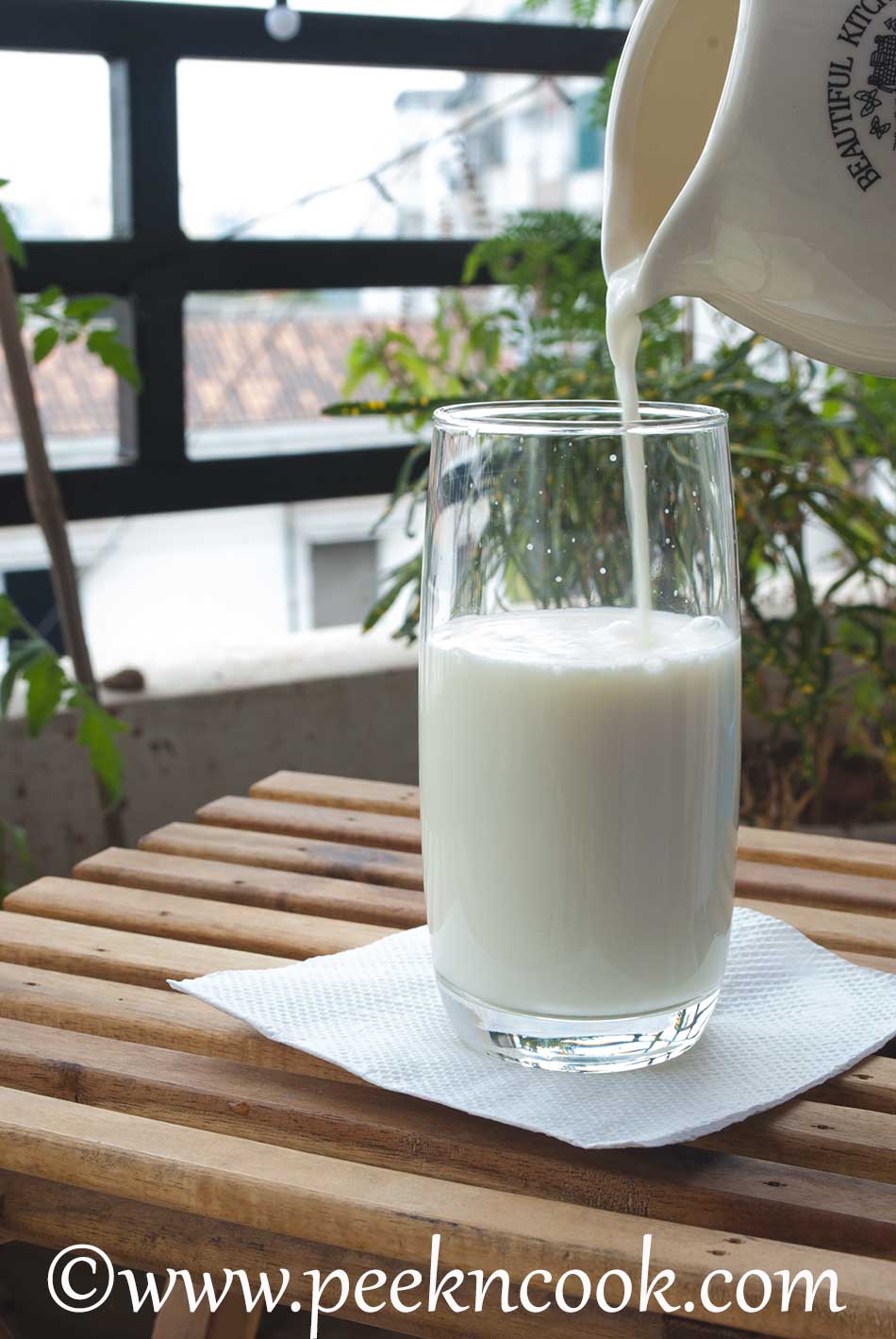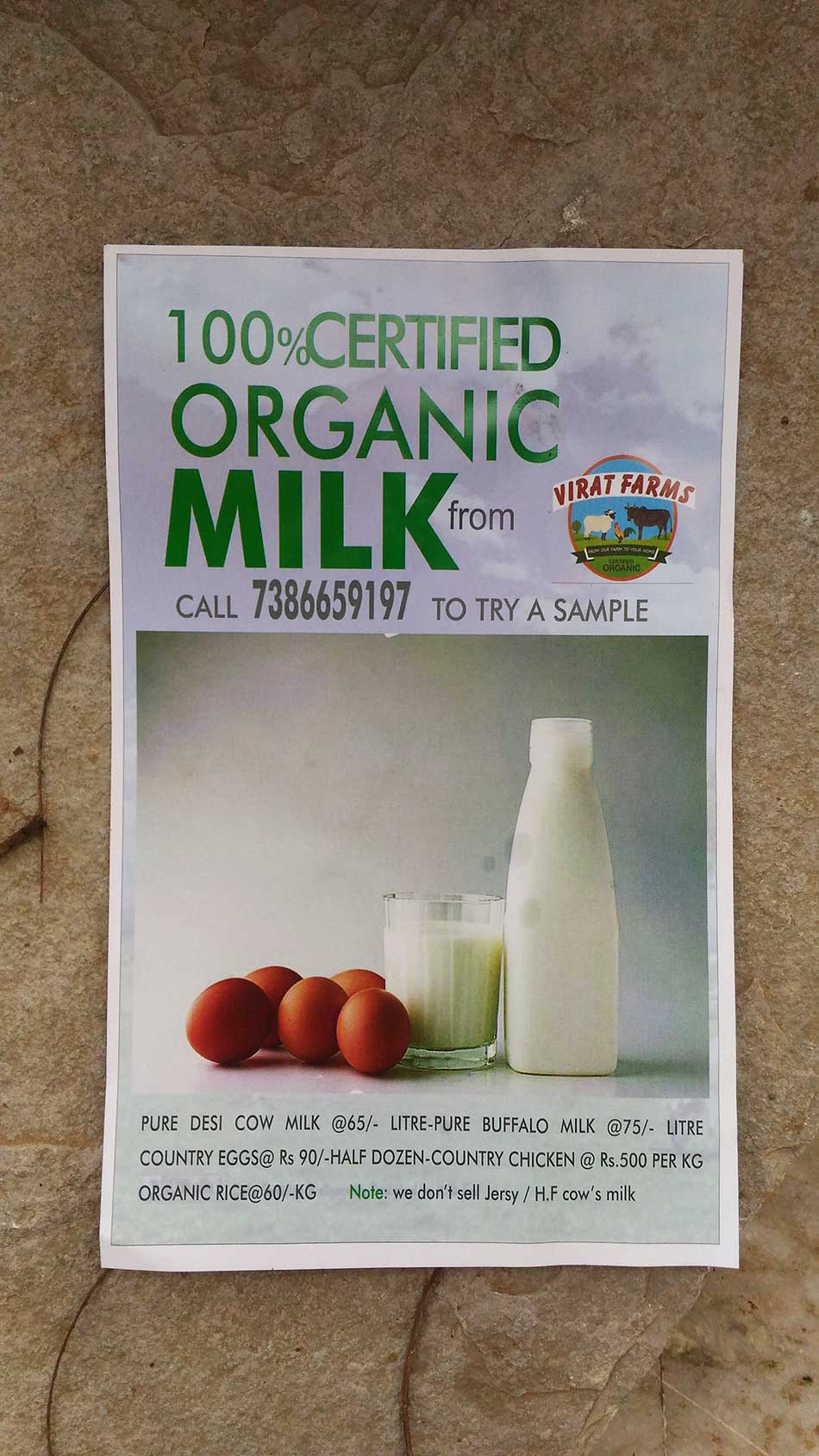We all should understand what Organic Milk is. On average, cows raised in confinement on grains produce more than three times as much milk as the family cow of days gone by and 15 times the amount required to raise a healthy calf. This is a blessing for the farmer but a bane for the consumer. More milk from the cow equals less nutrients for those who consume it. The less milk a cow produces, the more vitamins in her milk.
Some organic producers adhere to more sustainable practices than this but most do not. Cows evolved to eat grass not grains. This means organic dairy farming is a very delicate system. Organic cows must also be kept free from antibiotic use. Painful inflammation of the mammary glands, or mastitis, is common among cows raised for their milk, and it is one of dairy farms’ most frequently cited reasons for sending cows to slaughter. In order to check milk quality there is system called ‘bulk tank somatic cell count’ which is used to detect bacteria levels usually indicating mastitis. This is basically testing for the amount of pus in milk.
Milk consists of three parts: 1) fat or cream, 2) whey, and 3) milk solids or proteins (aka lactose, casein, etc.). One such protein is called beta casein and apparently this protein is different depending on what breed of cow produces it. There are two types: A1 and A2 beta caseins. These two proteins are digested by our bodies differently and the A1 type has been shown to interfere with our immune response (ever get excess mucous in your throat from drinking milk?


Jaipur Jodhpur - 6 Night Tour Package
Trip to Tipeshwar Wildlife Sanctuary
How to Launch a Successful Food Start-Up - Essential Steps and Considerations